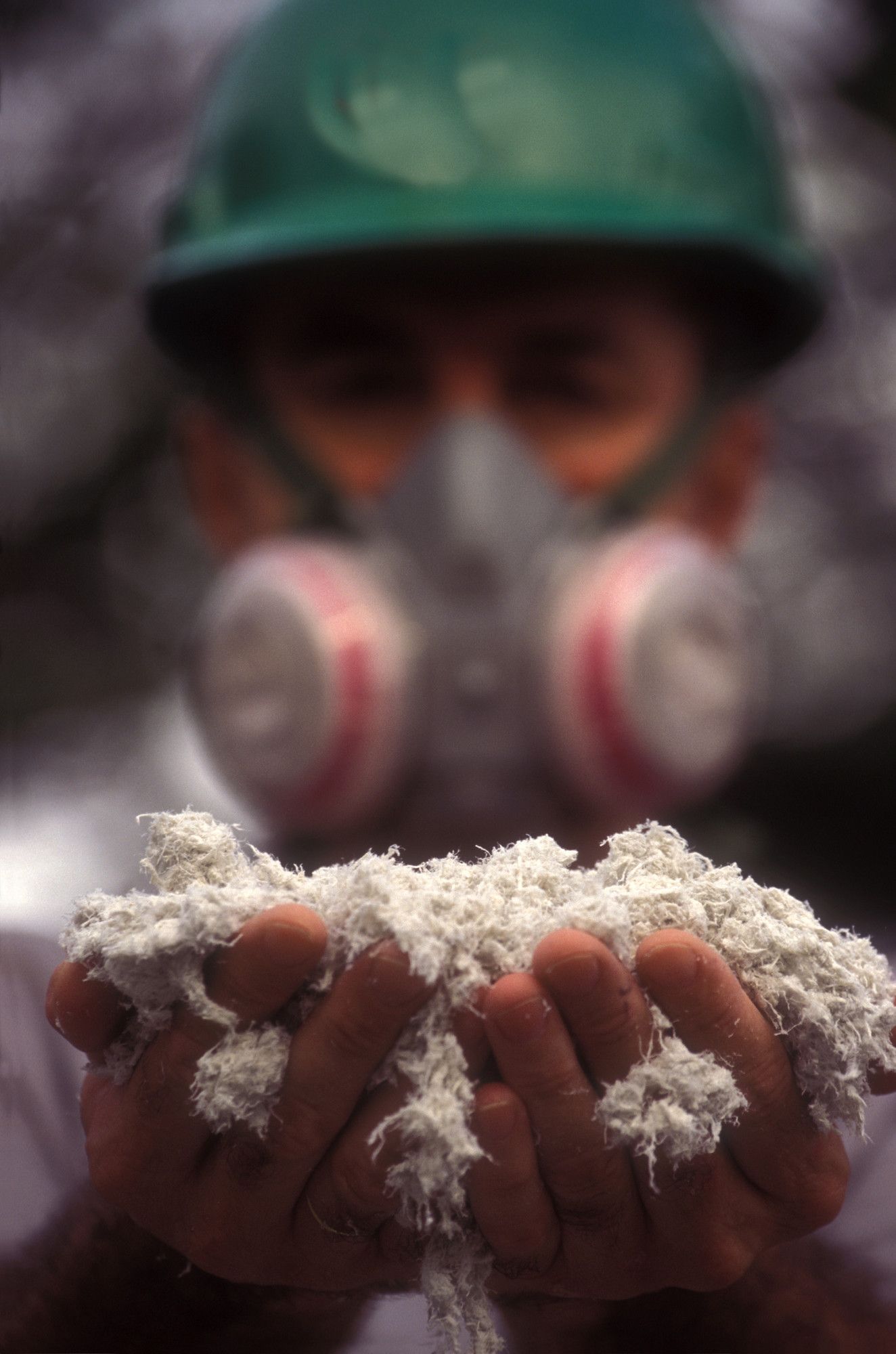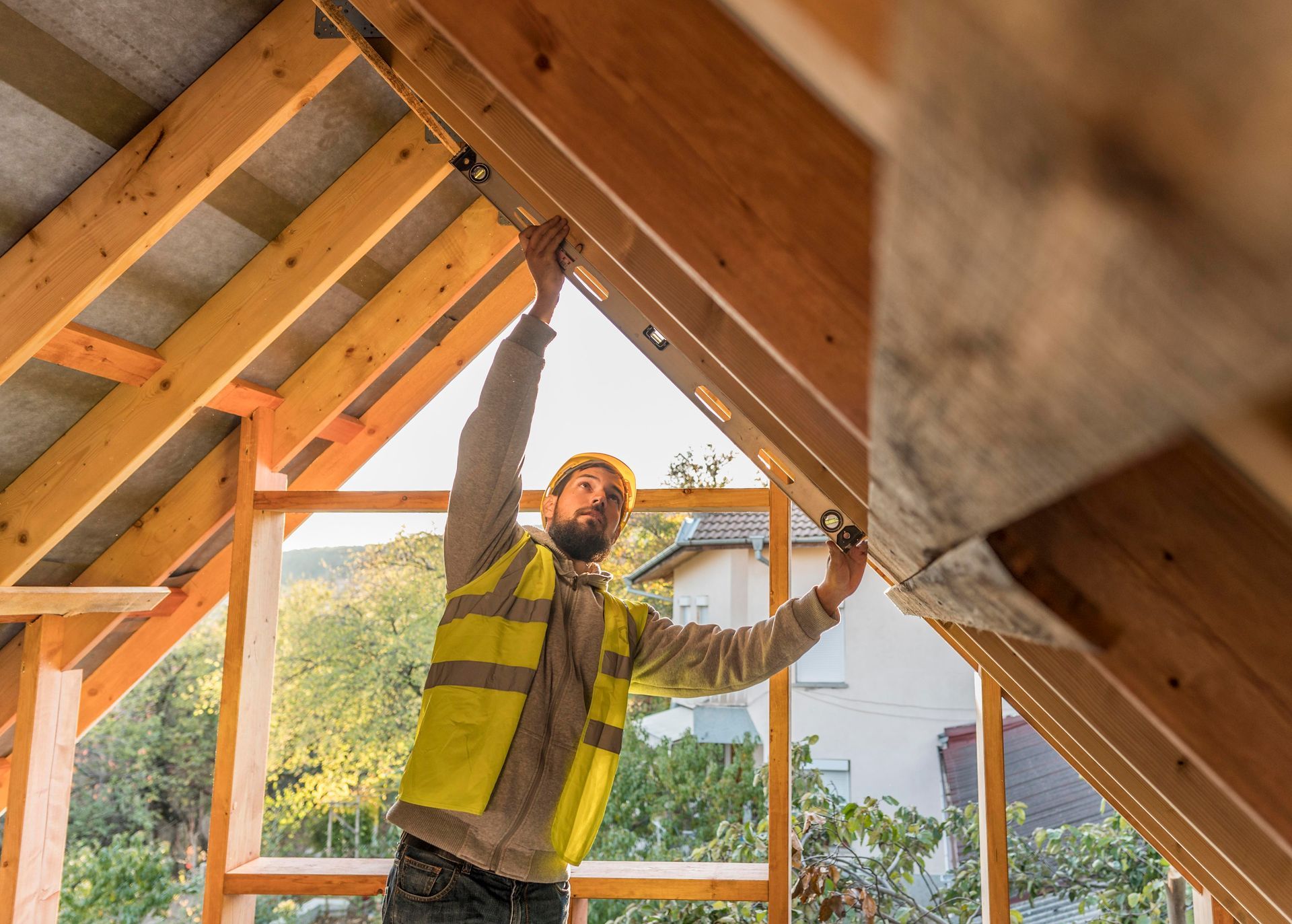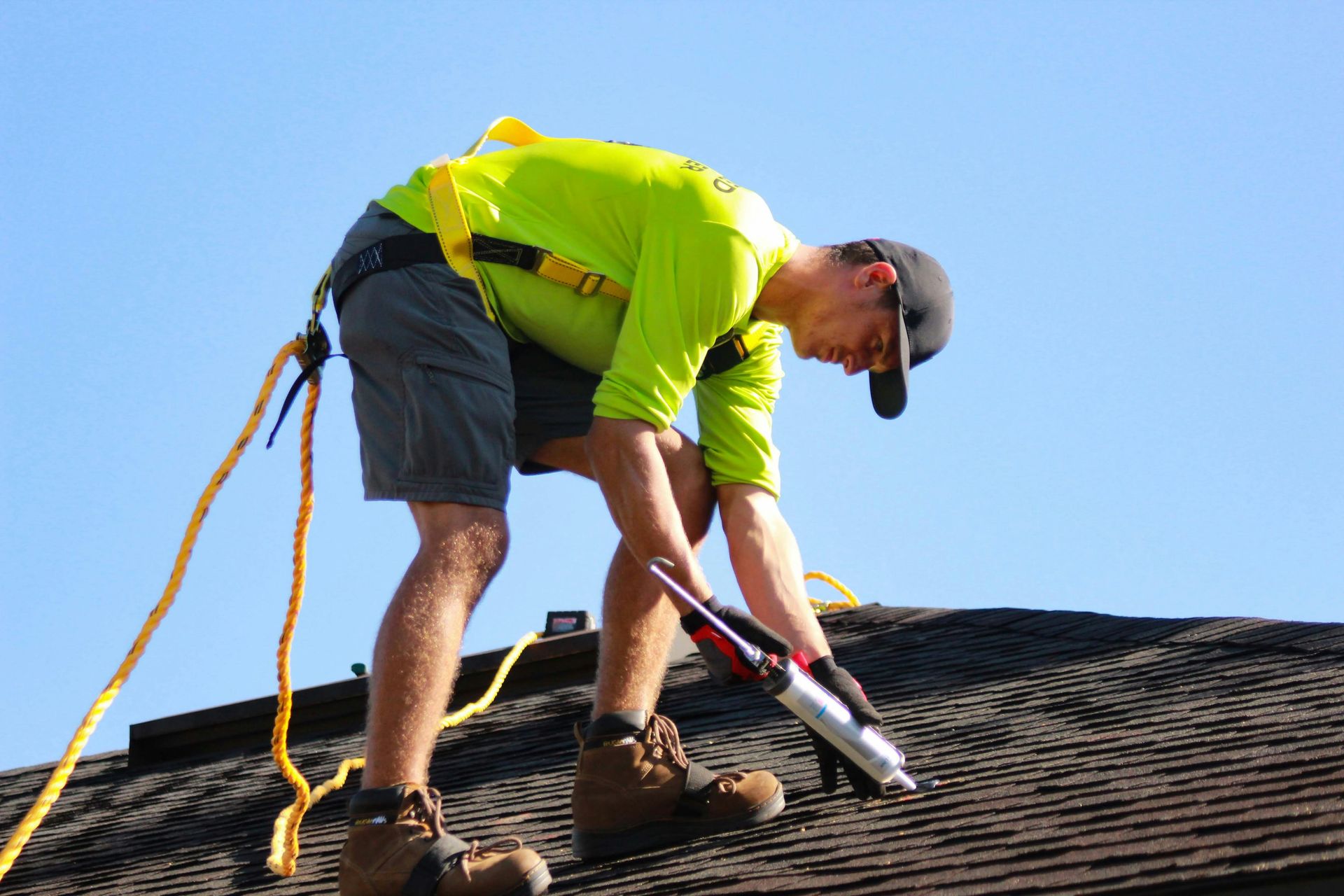Four Common Signs You May Have Asbestos in Your Home
Four Common Signs You May Have Asbestos in Your Home
Whilst asbestos is no longer used in modern construction applications, as it’s now known to be highly carcinogenic, its use was so widespread in previous decades that it may still be found in your home - depending on when it was constructed. If this is the case, then arranging for professional asbestos removal is imperative.
If you’re concerned over the possibility of asbestos being present in your home, then keep reading as we discuss four of the most common signs suggesting this is the case.
Home Built Before 1980s
Homes that were built before the 1980s are most likely to contain asbestos, as this is when its use was most prevalent in domestic construction. As such, determining the age of your home is the first tell-tale sign of whether asbestos is to be found.
These homes often contain asbestos in various areas of their construction, including in the walls, floor tiles, ceilings, insulation and pipe cement. Should you live in an old home (aka pre ‘80s), then you could become exposed to asbestos if any of the building materials become in any way damaged.
Vinyl Flooring
Popularly installed between 1953 and 1986, vinyl flooring tiles were commonly made with mollboard or paper that often contained asbestos. As such, it’s important to determine whether or not your flooring is vinyl. You can do this by carefully removing a single floor tile (we recommend wearing a mask just in case it does contain asbestos fibres) and looking at its underside; if it’s vinyl, it will contain a paper or fibreboard backing.
To determine whether or not asbestos is present, the tile should be sent off for professional asbestos testing.
Corrugated Roofing
Another potential sign that your home contains asbestos requires you to look at the roof. If you notice that your roof is made with corrugated concrete sheets, this could be a signal of asbestos, which was commonly used in corrugated roofing between the 1920s and 1970s.
Cement Pipes or Water Tanks
From the 1930s onwards, asbestos fibres were commonly used in the production of cement. As such, homes with cement pipes (be that sewage, gas or general house pipes) or cement water tanks may be more likely to contain asbestos, which become especially dangerous if any of these start to deteriorate, as this could release asbestos into the pipes or water.
Reliable Asbestos Contractors in Scotland
Do you have reason to believe there is asbestos in your home? If you live in Scotland, then we can help here at Gowrie Contracts. With years of experience as asbestos experts, we’re proud to offer comprehensive asbestos removal services to domestic and commercial customers alike.
Get in touch with us today for your tailored quotation.
BUSINESS HOURS
- Mon - Thu
- -
- Friday
- -
- Sat - Sun
- Closed
Registered Company Name: Registered Company Name: Gowrie Contracts Ltd
Registered Address: Registered Address: 9 Faraday Street Dryburgh Industrial Estate Dundee DD2 3QQ
Registered Company Number: Registered Company Number: SC311140




